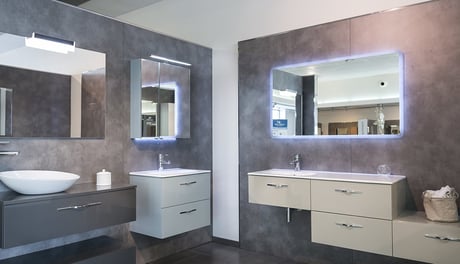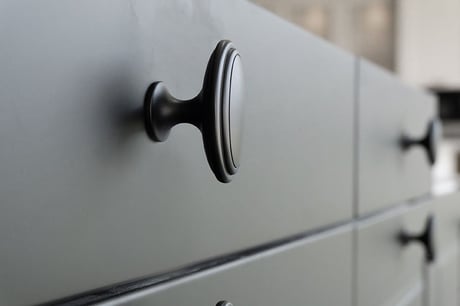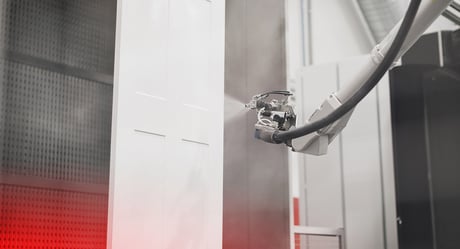What is meant by wood finishing?
Wood is natural, a mix of cellulose fibre and lignin, and even its derivatives are fundamentally natural, despite a minimum content of non-natural substances. After being processed from raw material into the pre-manufacturing state, the wood is cut to the size of the semi-finished product.
This then undergoes a series of finishing operations which may include one or more of the following: sealing, gluing, impregnating, wrapping, laminating, staining, brushing, wiping, sanding, coating, drying, curing, matting or may receive a decoration performed on an industrial digital printer.
Processes
Why is wood finishing so important in so many industrial sectors?
Wood and its many derivatives are used extensively in important industrial sectors and in nearly every case, they are subject to a finishing process: either to enhance their physical characteristics or their aesthetic appeal. Whereas the results of the former process may remain invisible, in the case of the latter reason the decorative stage is able to determine varying degrees of personalisation. Examples of these processes are:
- Impregnation: this is performed to protect the wooden substrate from infiltration of water or humidity, thereby prolonging its lifetime.
- Coating: numerous layers of basecoat and topcoat are used to decorate the substrate, using spray, roller, vacuum or curtain coaters.
- UV curing: performed to harden the external layers of a coating, UV curing not only dries the lacquer, but performs cross-linking at a molecular level.
- Industrial digital printing: enables an exceptionally high degree of customisation and batch one management as well as being able to reproduce natural wood grains and haptic effects.

In which industries are wood finishing solutions used?
Campi di utilizzo
Here is a selection of wood finished specific products:
APPLICATIONS

Coffins
Wood finishing technologies and processing stages
Wood finishing requires a series of different processing stages, each of which contributes to the functional characteristics or aesthetic appeal of the finished product. Here are the most commonly found finishing operations used on wood and its derivatives:
For excellent transfer efficiency, this technology is used for flat panels and panels with shallow grooves, performed on specially equipped roller coaters. For ultra-high-gloss surface finishing, a Laser roller is the perfect solution.
Discover moreA flexible solution which ensures coating consistency, controlled consumption and which applies lacquer to all sides of a panel. Spray coating is also the ideal technology for irregularly shaped products.
Discover moreHigh-quality coating with almost 100% transfer efficiency using 100% UV acrylic lacquers for flat surfaces and edges, especially if the edge needs to match perfectly with the surface finish applied to the panel.
Discover moreSuitable for all coating types with different viscosities, and the ideal technology for polyurethane lacquers, curtain coaters provide high-quality finishes on flat surfaces, whenever large amounts of coating are required in a single application phase.
The ideal solution for personalised decorative finishing or batch one requirements, this technology also achieves tactile haptic effects for parquet flooring and can be integrated into lines using other coating technologies.
Discover moreWhere lacquer coating is not used, wrapping of profiles is performed on high-tech, automatic equipment which accomplishes a complete process at up to 100 m/min. including winding, unwinding, slicing and glue application.
Discover moreThese stages use infrared lamps or UV, which include mercury, gallium or LED lamps, to dry or cure the coating applied. Hot air ventilation is also used and some ovens take care of flash off, drying and cooling.
Discover moreFlat or raised panels can be given a deep matt finish, below-5 gloss on a 1 to 100 scale, using excimer matting technology in a sustainable solution featuring exclusive patents which also drastically reduce nitrogen consumption and relative costs.
Discover moreThin Sheets
What is the best way to coat extremely thin sheets made of wood or wood derivatives?
The main issue when coating substrates that are very thin is related to their lack of rigidity when undergoing the finishing process. A thin wooden sheet or panel needs to be held firmly on the roller coating machine while it is coated.
For this reason, we have a solution which uses an upper application roller and a lower support roller, also featuring a cleaning mechanism which keeps the underside of the wooden sheet free from lacquer. These specially equipped roller coaters fit seamlessly into an integrated finishing line including our drying solutions or excimer matting technologies.
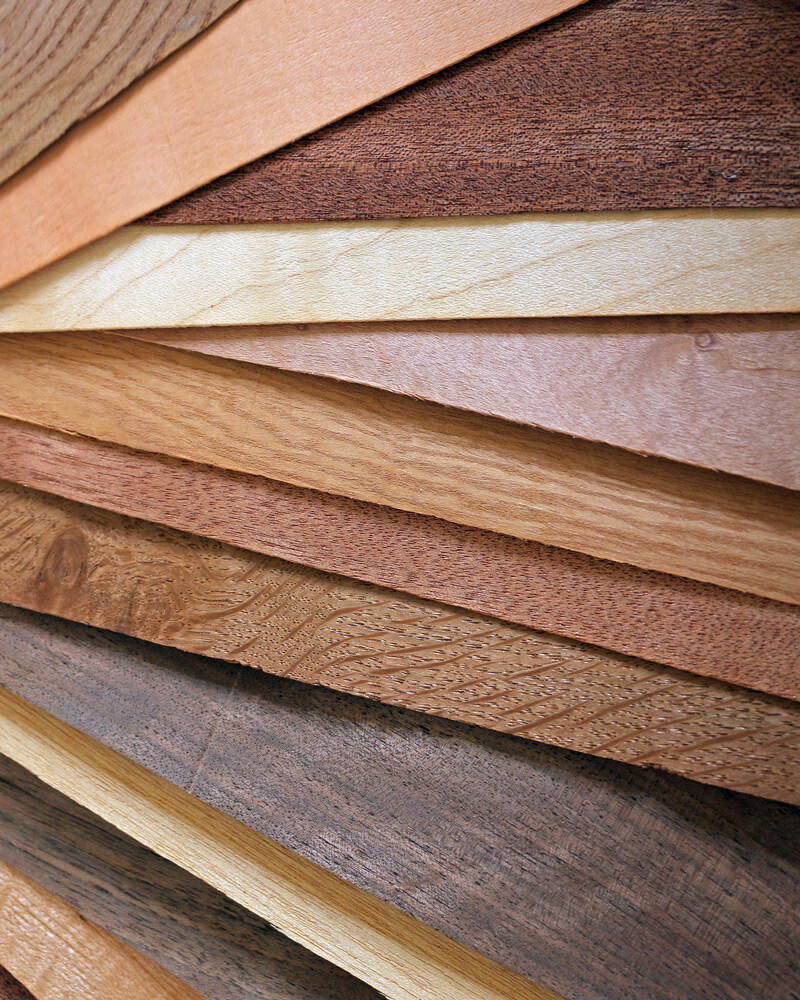
We have created several solutions that accomplish surface finishing of products made of wood and its derivatives
Machines
Case studies
Case study
Learn More
MAGAZINE
We’ve been innovating in the surface finish field for sixty years.
Tell us where you want to go and our finishing experts will help you get there.
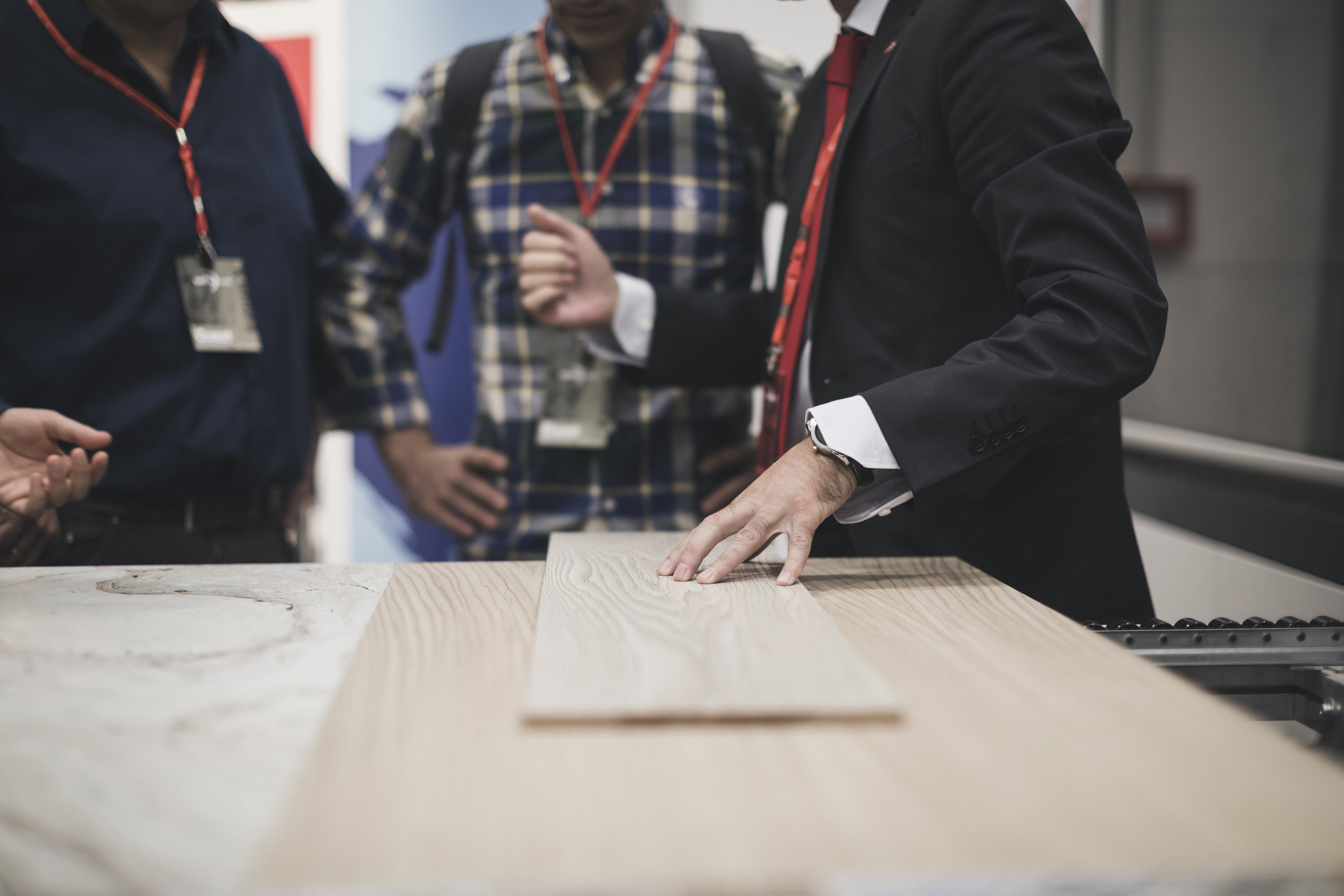
Connect
Frequently Asked Questions
Frequently Asked Questions
High flexibility in terms of output rate and choice of cycles/processes according to the line make-up.
Zero solvent emissions thanks to 95% use of products with high dry residue (UV) content.
Possibility of using the roller technique for any application on all flat surfaces.
Examples of products suitable for roller coating:
- cabinet doors
- parquet
- doors
- wood and wood-based materials
- glass
- cork
- plastic
- fibre cement
- metal
- roll-to-roll for edges etc.















